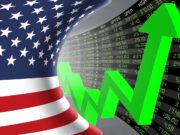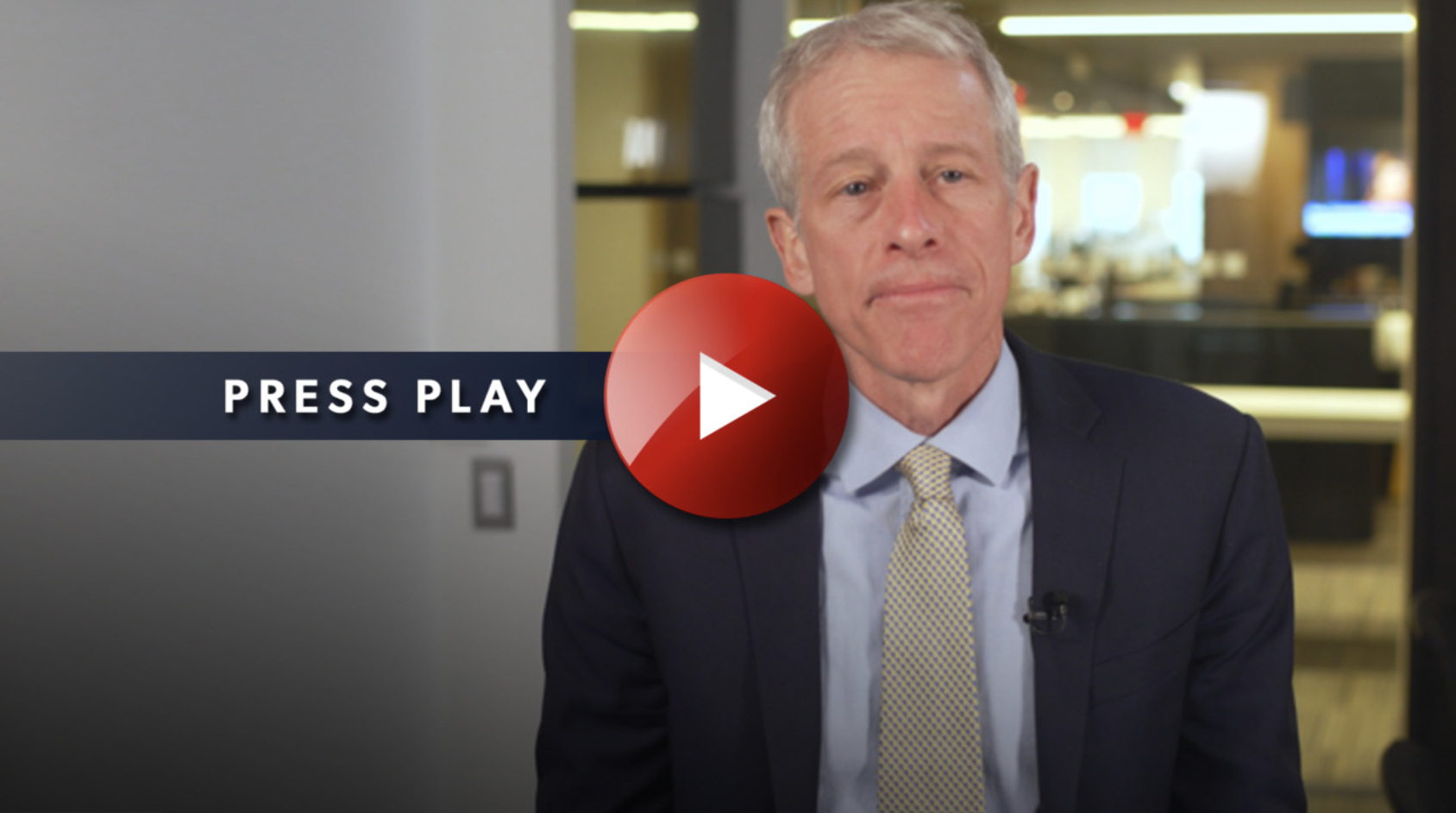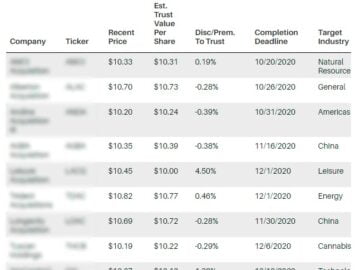Recent inflation data is fueling recession chatter on Wall Street ahead of the upcoming July 26-27 Fed policy meeting. The Consumer Price Index reading for June, released today, came in hotter than expected at 9.1%, surpassing May’s 8.6% increase and Wall Street’s expectation of an 8.8% increase from the previous year.
The evidence of unrelenting inflation is widely expected to prompt the central bank to hike another 75 basis points during the upcoming meeting and/or raise expectations of an even larger increase to tame surging prices.
“There’s no spinning this, other than the Fed has to get more aggressive near term and crush demand. That cements a recession now,” said Liz Ann Sonders of Charles Schwab.
In this list, our team examines two stocks likely to perform well in the coming months and one toxic stock to avoid as the Fed fights to stave off rocketing inflation.
We decided to take a look at some of the top performers from previous Fed hikes for clues on which stocks might do well. One name stood out.
Headquartered in Arlington, VA, the AES Corporation (AES) is one of the world’s leading power companies, generating and distributing power in 15 countries. The company’s diverse portfolio of thermal and renewable generation facilities and distribution businesses spans across the Americas, Europe, the Middle East, and Asia. The stock has a history of outperforming the market following rate hikes.
The Fed’s most recent rate hike cycle began in 2015, during a time when inflation had fallen below the central bank’s 2% target, and interest rates were increased from 0.25% to 0.5%. In the six months following the hike, the S&P 500 saw a series of ups and downs but finished the period with a modest 0.3% gain. AES, however, managed to stack on almost 19% during the six months following the most recent rate hike.
Prior to that, Federal Reserve Chairman Ben Bernanke and his colleagues initiated an unprecedented two-year campaign in June 2004 to keep a lid on inflation following the recession of the early 2000s with a 0.25% hike to 1.25%. Six months after the initial rate hike, the S&P 500 had gained 6.2%, while AES stacked on an impressive 37%.
Will history repeat this time around? There’s no telling, but the pros on Wall Street seem to see that potential. The stock garners an 83% Buy rating among the analysts offering recommendations. A median 12-month consensus price target of $30.00 represents a 34% upside from the last price.
Most recently, Goldman Sachs analyst Insoo Kin initiated coverage of the stock with a Buy rating and a $30 price target citing the company’s potential to take advantage of the material clean energy investment pipeline. The analyst predicts an approximately 8% EPS CAGR through 2025 that she sees as underappreciated at current valuations.
If you need another reason to consider AES, a quick review of its dividend history should inspire. The company has steadily increased its dividend over the past ten years while maintaining a sustainable payout ratio of around 70% throughout. AES raised its dividend 5% in February to $0.158 per share or 2.55%.
Regardless of what’s happening elsewhere in the market, biopharma is a great place to look for stocks to pack into your portfolio because there’s always an illness that can be treated more effectively in the future than it is being treated today.
Vertex Pharmaceuticals (VRTX) is the undisputed leader when it comes to cystic fibrosis therapies. The company’s portfolio of approved CF drugs will deliver at least an estimated $8.4 billion this year, made possible by intense market penetration and decades-long devotion to research and development in the space.
So far, the company has been highly accountable, proving to regulators that its products are effective and safe for broader and wider populations of patients. It has also remained strongly profitable and continued to expand revenue within the CF market at a steady pace.
Suppose management’s plans for expanded approvals for younger age cohorts continue to come to fruition over the next few years. In that case, Vertex will eventually be treating as many as 90% of all people with CF. That means investors can look forward to a steadily increasing flow of new revenue and expanded approvals, both of which should support the stock’s price significantly.
Furthermore, the company is moving its pipeline beyond CF with a handful of mid-stage clinical programs for pain relief, kidney disease, and genetic hematologic disorders like sickle cell disease. In other words, even if it eventually corners the entire CF therapy market, there will still be other opportunities for growth.
Of 26 analysts offering recommendations for VRTX, 18 give the stock a Buy rating, and 9 rate it a Hold. There are no Sell ratings. It seems likely that Vertex will reward patient investors as the steadily growing biopharma company seems ripe for expansion for years to come.
Inflation is taking a heavy toll on input costs for digital printing company Xerox (XRX), all while supply-chain disruptions are impeding the company’s ability to manufacture higher-margin products. XRX has lost nearly 40% of its value since the beginning of the year. Anyone looking for a reason to buy on the dip of this long-time laggard would be hard pressed to find one.
Xerox stock has carried a consensus Sell recommendation for more than a year. It’s not hard to see why zooming out on XRX’s chart. The stock has underperformed the broader market drastically in five of the past seven years. According to the pros, there’s little reason to see it snapping the losing streak anytime soon.
“Prior to the pandemic, Xerox had faced pressure from the rise of the paperless workplace and the corresponding decline in imaging equipment revenue,” writes Argus Research analyst Kristina Ruggeri (Hold). “The increase in work-from-home practices during the pandemic further accelerated this trend.”










